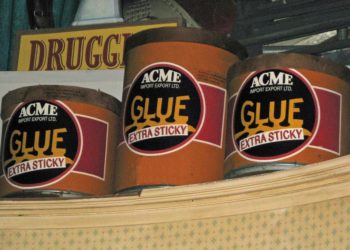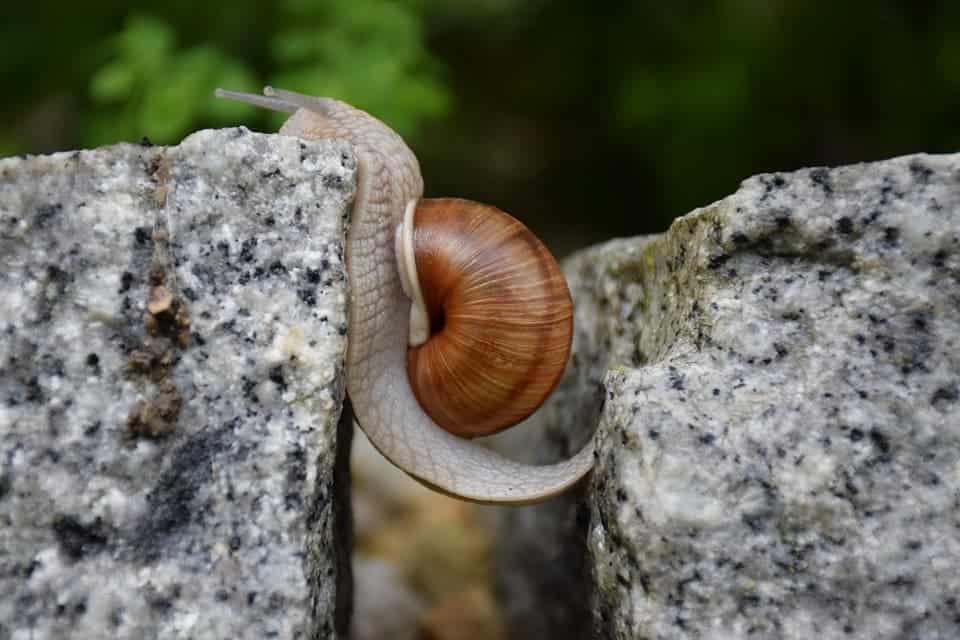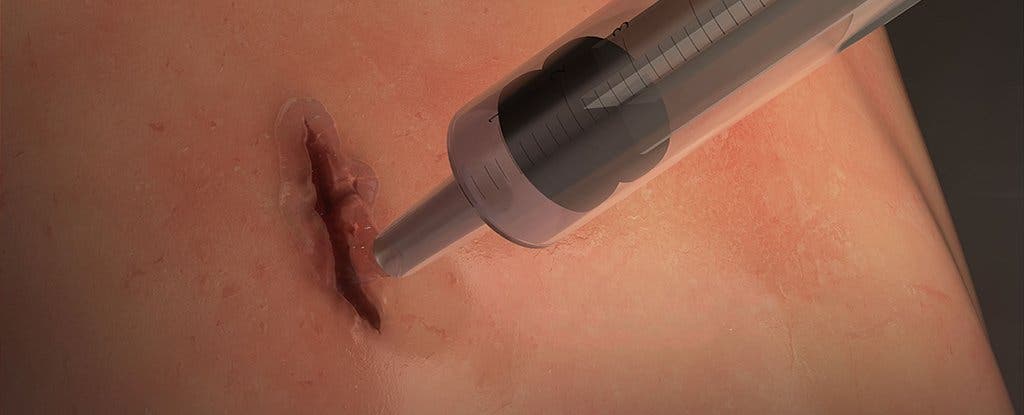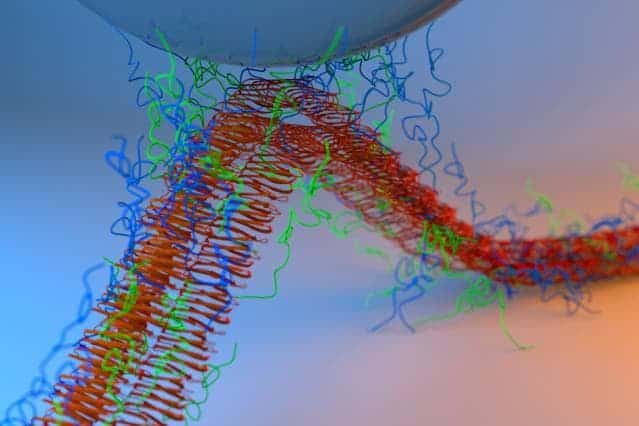
One afternoon on the coast of Hokkaido, a small rubber duck bobbed in the waves, anchored to a seaside rock. It wasn’t tethered with screws or cement. Instead, it clung there because of a transparent, jelly-like substance: an experimental hydrogel that could transform adhesives in wet environments.
The hydrogel is now part of a new class of water-resistant glues that researchers say are stronger than anything found in nature. Developed by a team led by Jian Ping Gong at Hokkaido University, the gels combine the flexibility of soft polymers with the stubborn grip of mussels, barnacles, and other aquatic clingers. And unlike most adhesives, they keep their hold instantly and repeatedly — even under saltwater, pounding waves, or high pressure.
Nature as a Blueprint, Algorithms as Architects
Designing soft, sticky materials is notoriously tricky. The same traits that make adhesives strong — tight molecular bonding, for instance — often make them brittle. Hydrogels, with their water-filled polymer networks, can work well as glues, but they tend to lose adhesion when submerged. The ocean holds many creatures that solved this problem long ago, but translating their strategies into synthetic materials has been mostly trial and error.
The Hokkaido team decided to take cues from AI. They mined a U.S. National Institutes of Health database for 24,707 adhesive protein sequences from organisms as varied as geckos, mussels, bacteria, and viruses. Many of these proteins share subtle sequence patterns that help them cling in wet environments. Using a statistical “descriptor” strategy, the researchers distilled these patterns into six functional classes of amino acids, then built synthetic monomers to mimic them.

This was just the start. They created 180 experimental hydrogels, each with different combinations of the monomers, and measured how well they stuck to glass in salty water. The best performer, inspired by a protein from Escherichia bacteria, could hold with a force of 147 kilopascals. That’s the pressure exerted by a full champagne bottle resting on an area the size of a coin, all while underwater — impressive, but still short of their goal.
When Machine Learning Meets Marine Glue
The real leap came when the team fed their dataset into machine learning algorithms. Using a method called sequential model-based optimization, the system proposed new polymer recipes predicted to outperform the originals. After several experimental rounds, they arrived at three hydrogels that don’t exist in nature.
One, dubbed R1-max, could support the weight of an adult human if scaled to the size of a postage stamp. Another, R2-max, sealed a 20-millimeter-wide hole in a high-pressure water pipe instantly. And it could be removed and reapplied without losing grip. All three maintained adhesion in environments ranging from pure water to seawater. They also remained intact through hundreds of attachment–detachment cycles.
“These qualities are highly desired for applications ranging from biomedical engineering to deep-sea exploration,” says Hailong Fan, a co-author now at Shenzhen University. The gels are also biocompatible, as shown in implantation tests with mice.
Beyond the Rubber Duck

Materials scientist Ting Xu at the University of California, Berkeley, who was not involved in the work, cautions that the achievement reflects more than just clever algorithms. “Jian Ping is the goddess of hydrogel,” she told Chemistry World. “She has decades of experience… I wouldn’t say the modelling here is particularly exceptional, I would say it’s a very good coupling of human intelligence with artificial intelligence.”
That coupling — nature’s blueprints, human intuition, and computational search — may now be the recipe for breakthroughs in other soft materials. Gong’s team envisions medical adhesives that work inside the human body, marine glues for ship repairs, and soft robotic components that keep their grip underwater.
For now, the little rubber duck remains a mascot for what’s possible when millions of years of evolution and modern computing meet. In the unforgiving tug-of-war between water and glue, this new hydrogel is rewriting the rules one wave at a time.
The findings appeared in the journal Nature.






